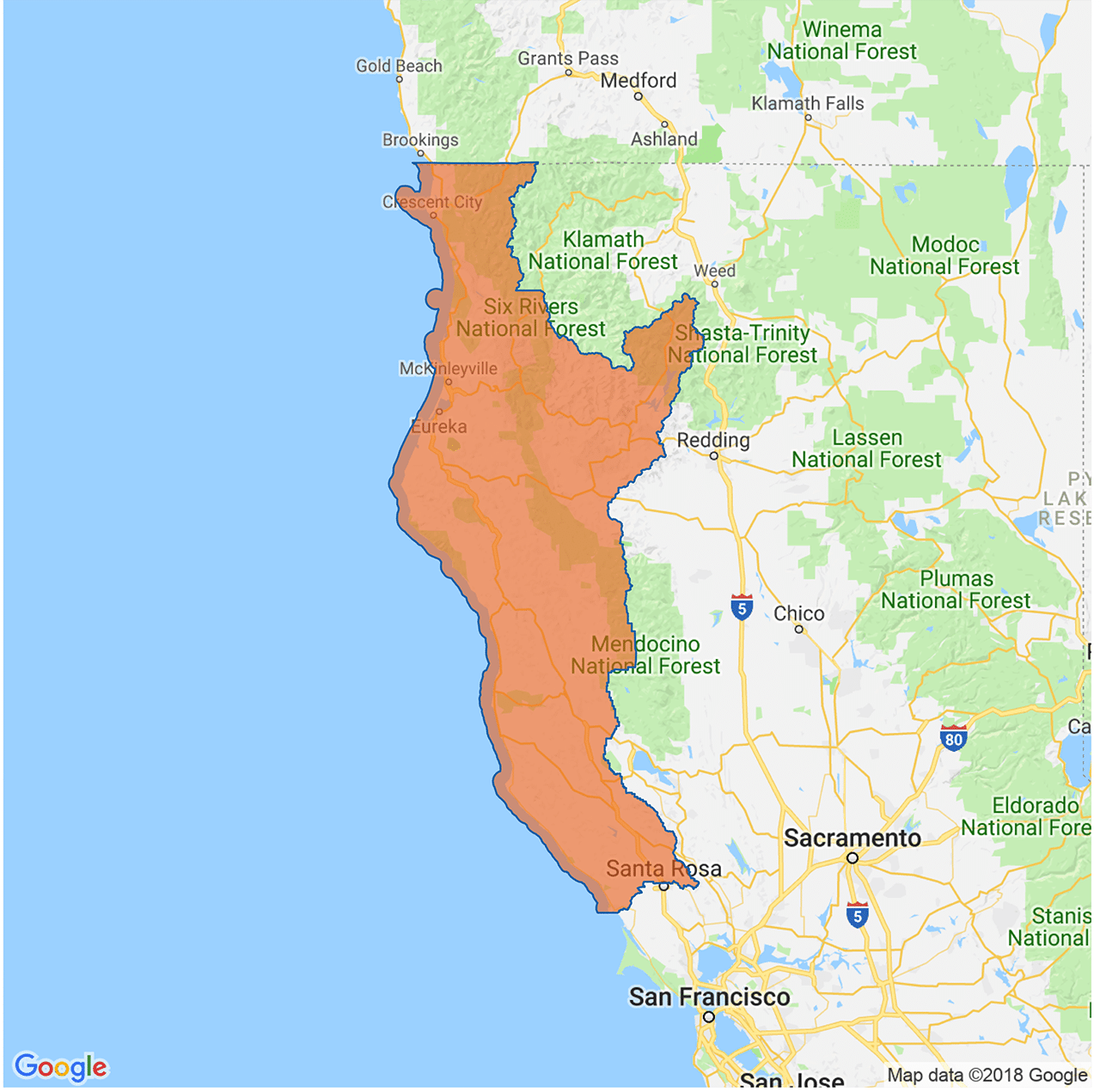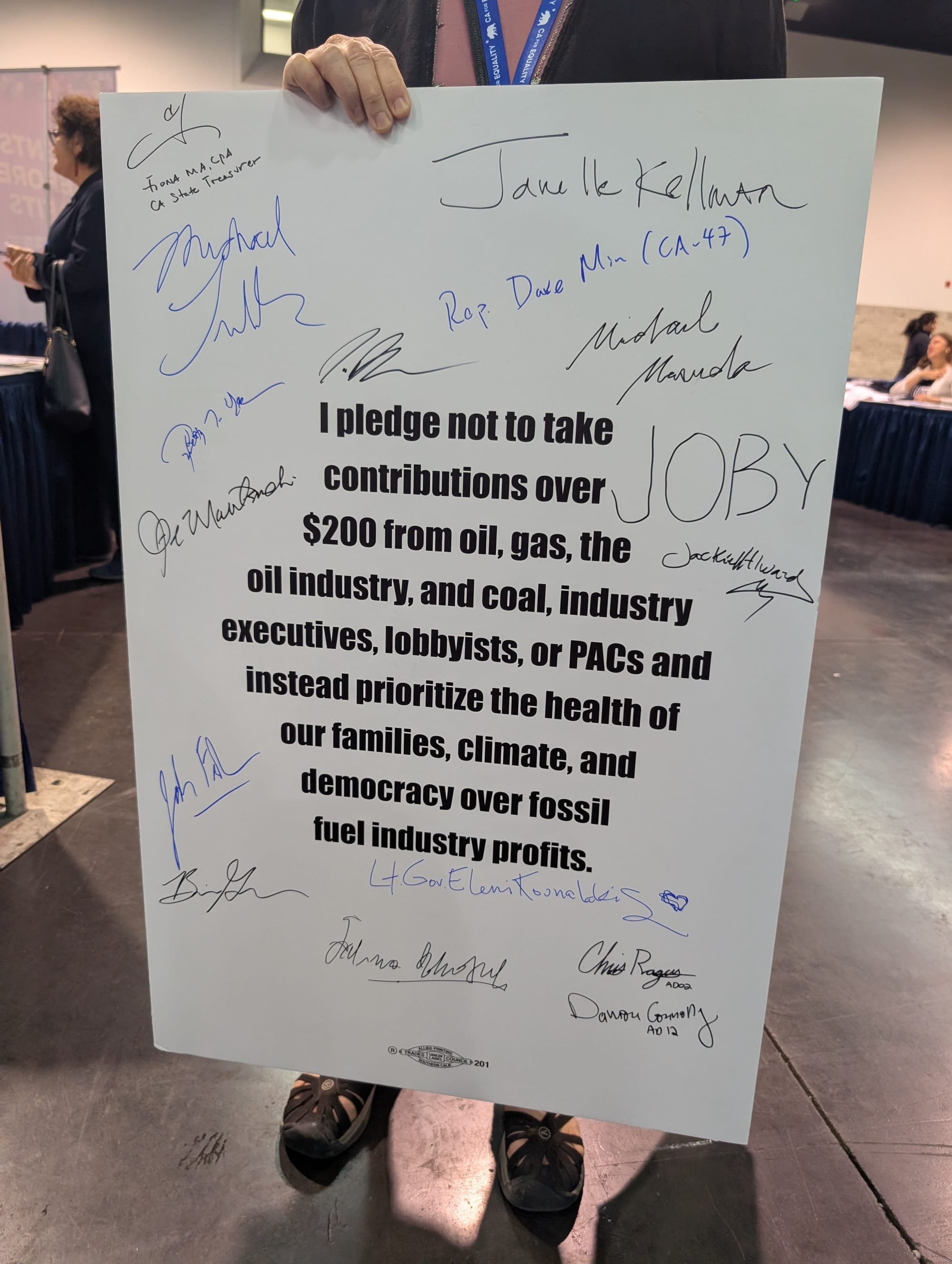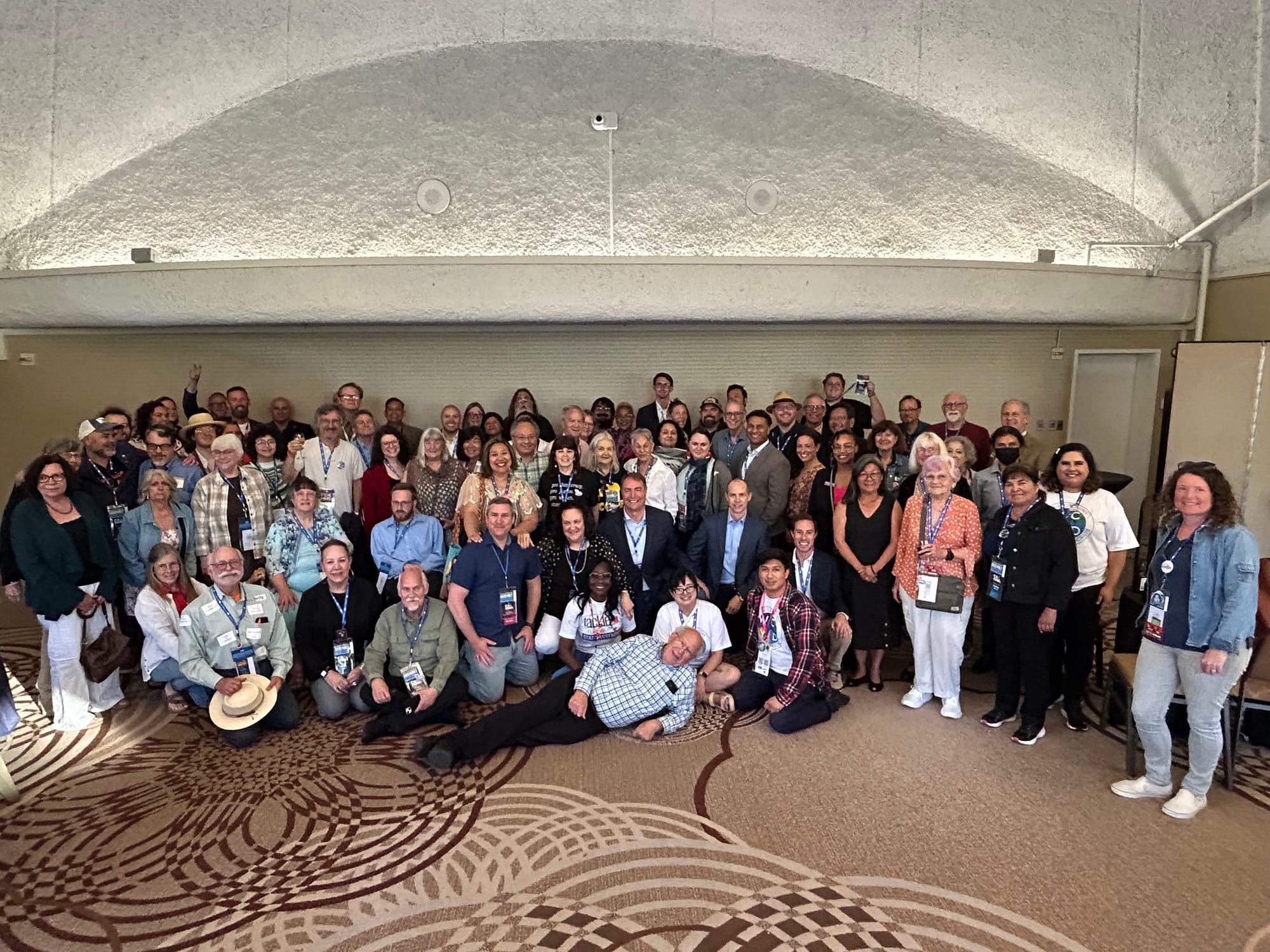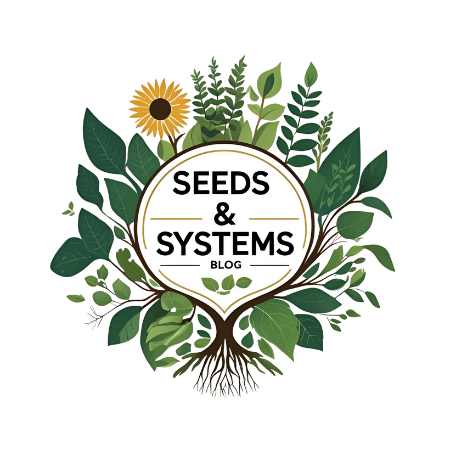Dispatch from Anaheim: Rural Organizing, Party Politics, and the 2025 CDP Convention

Attending the California Democratic Party Convention is always a strange mix of the hopeful and the deeply frustrating. This year’s gathering, held May 30 to June 1 at the Anaheim Convention Center, brought more than 2,600 delegates together under one roof, but many of us left with more questions than answers, apart from the answers we found in each other.
Amid the procedural chaos and stale convention center air, there were moments of real connection: long conversations with Assembly District 2 delegates and Trinity County Central Committee comrades I usually see only on Zoom, new connections at mixers and in caucus sessions, and strategizing with progressives from across the State. These are the moments that ground me and remind me why I stay involved.
California Assembly District 2
I’ve served two terms as an elected Assembly District delegate (ADEM) and now represent Trinity County on our Central Committee. Our rural district (CA AD2) spans five Northern California counties: Del Norte, Trinity, Humboldt, Mendocino, and part of Sonoma. At 12,489 square miles, it's the fourth largest assembly district by area, and the largest to be represented by a Democrat. From my home in Trinity County, it takes five hours to drive to Santa Rosa, the region's population center.
Life and organizing out here is different. There’s often no cell reception, no phone banking, and no canvassing behind locked gates. Our political work looks like direct outreach, small gatherings in community centers and fire halls, social media posts in small local groups, a table at the County fair, and flyers on community bulletin boards.
Rural places like this are too often written off as conservative monoliths. But our communities are diverse, resilient, and committed to justice. Most Native Americans in California live in rural areas. My neighbors include Hmong immigrants, queer elders, farmworkers, and lifelong union members. We are navigating attacks to our healthcare system, housing shortages, extractive economies, climate disasters, and decades of disinvestment. We don’t need to be saved. We need to be included.

Controversy and Opportunity
Unfortunately, the convention writ large and most of the General Session content, predominately speeches from prominent Democratic politicians, left me feeling uninspired and hungry for a different meal. The main stage avoided controversy and many Party leaders seemed to be treading water. A clear message was missing, unless you count, "We’re not Trump." Apart from Tim Waltz and a few others, many speakers avoided frank discussion of economic inequality. Similarly, the silence on Gaza was hard to ignore. Palestinian activists and allies, many of us young people, pushed for recognition and got little more than procedural dodges.
Still, young Democrats made their voices heard. In speeches, resolutions, signs, and side conversations, they demanded action on affordability, climate, and human rights. Alan Vargas, a grassroots organizer in a pink shirt and cowboy hat, ran against incumbent Rusty Hicks for Party Chair. Despite being a first-time candidate, he earned over 600 votes. The message was clear: young people are paying attention, and they want leadership that listens.
I share that desire. We need more than lip service; we must come to the table ready to listen, learn, and build together. That's why I participate in several CDP caucuses: LGBTQ+, Progressive, Rural, and Environmental, each reflecting a part of my life and political work. These identities don’t live in silos, and neither should our organizing.

Solidarity and Brass Tacks
The convention is a chance to meet with elected officials. In our district, that includes Senator Mike McGuire, Assemblymember Chris Rogers, and Damon Connolly, who is running for McGuire’s soon-to-be-vacant seat. This year, I had face-to-face conversations about concerns regarding three pieces of proposed California legislation: AB-715 (an education bill that threatens free speech and curriculum in California classrooms), AB-942 (a rooftop solar bill that slashes compensation for existing customers), and SB-607 (a CEQA rollback, opposed by over 120 environmental groups). These discussions were nuanced, technical, and grounded in local impacts.

I also attended a fundraiser for Fatima Iqbal-Zubair, a candidate for a State Assembly seat in District 65 near Los Angeles. She's also the Chair of the Progressive Caucus and the Legislative Affairs Manager for California Environmental Voters!
Later, I testified before the Resolutions Committee in support of a measure defending free speech and civic engagement on college campuses. The resolution was written in solidarity with student organizers, like Mahmoud Khalil, facing immigration consequences for their activism. My own political start came from coalition building on my community college campus against California's Prop 8, a 2008 California ballot proposition and state constitutional amendment intended to ban same-sex marriage. Campus organizing remains a vital entry into public life, and it deserves protection.
No Blue California Without Us
Rural organizers are not working in isolation. We share many of the same concerns as our urban and global allies, united by coalitions grounded in solidarity and shared struggle. Rural communities face unique challenges, being outliers within our political districts, living in under-resourced areas often at the frontlines of the climate crisis, and contending with geographic isolation. These conditions shape our experiences, and while they can make organizing more difficult, they also strengthen our resolve. Our numbers, when unified, are a vital part of the larger fight for democracy and collective liberation, working from the bottom and the left to build a more just and equitable future.
If the Democratic Party intends to win in 2026 and beyond, it must invest in rural political infrastructure, not just as an afterthought, but as part of a comprehensive strategy that recognizes our material conditions. This means developing messaging that speaks to the core values and life experiences of rural communities, authentically, without pandering or simplifying. Rural political infrastructure should go beyond one-off campaigns or superficial outreach. It requires sustained, year-round organizing that builds local leadership and grassroots networks, strengthens communication channels, and ensures rural voices are integrated into political decision-making.
If we are to build a California that reflects all of us, our values, our struggles, our communities, we must show up, together. Let’s continue to push the Democratic Party to listen, to act, and to invest in a future that works for everyone, whether we live in cities or small towns. From the back roads to the ballot box, from fire halls to city councils, our work is far from over.
The personal is political. Keep organizing, connecting, and fighting.Find a way to get involved and to be heard!
Explore Further Want to dive deeper into the tools, seeds, and systems mentioned in this post?
🌍 Visit my website lizawel.sh to learn more about me and my work.
💬 Want to connect? Follow @seedsandsystems on Instagram or Bluesky.
✉️ Subscribe for posts delivered directly to your inbox.
🔄 Enjoyed the post? Use the buttons up top to share it with others who might find it valuable!
